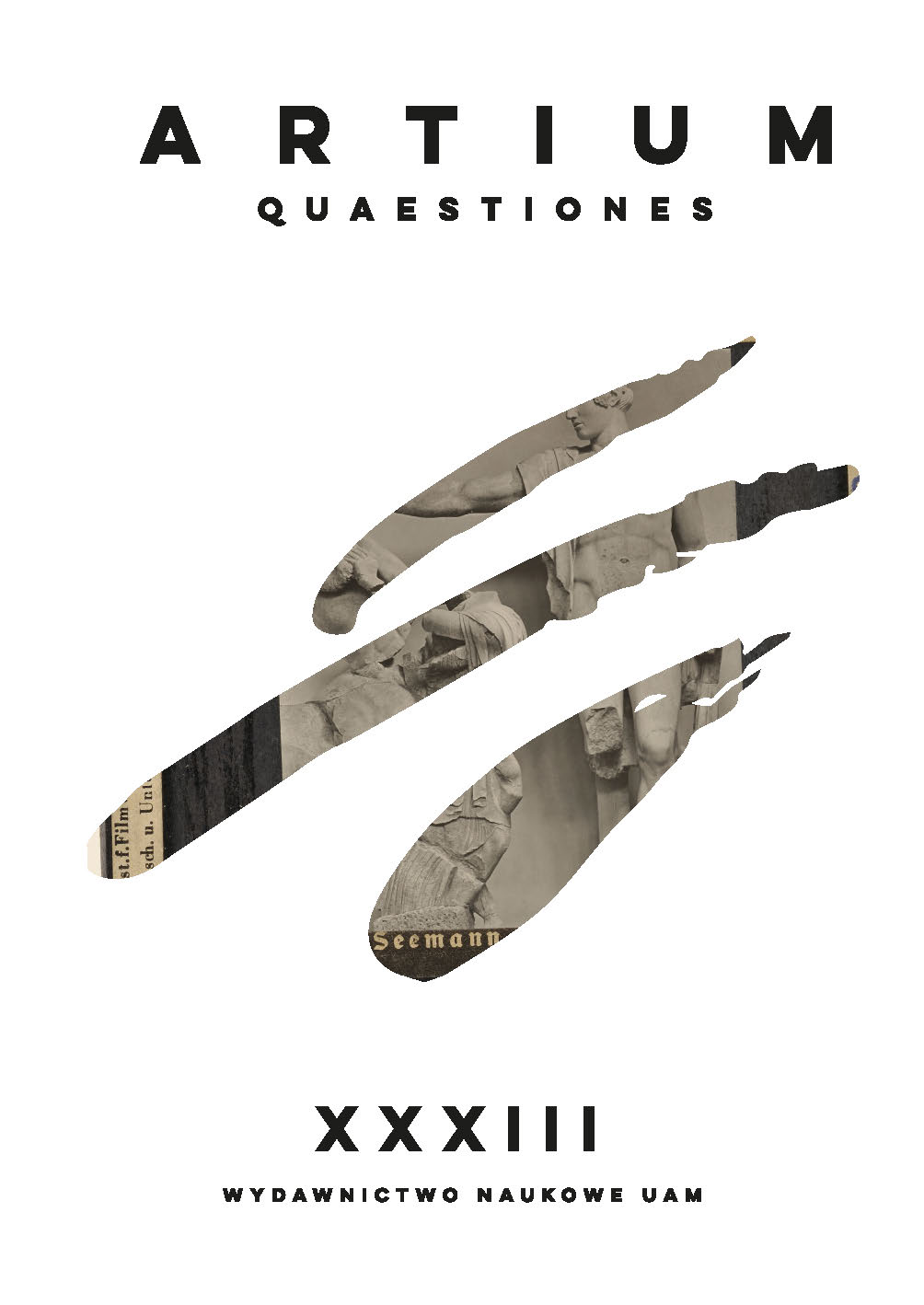The Photographer's Task. The Problems of Reproducing a Work of Art - The Example of Two Photography Books by Eustachy Kossakowski: August Zamoyski andLumières de Chartres
The Photographer's Task. The Problems of Reproducing a Work of Art - The Example of Two Photography Books by Eustachy Kossakowski: August Zamoyski andLumières de Chartres
Author(s): Adam MazurSubject(s): Fine Arts / Performing Arts, Cultural history, Photography
Published by: Uniwersytet Adama Mickiewicza
Keywords: Eustachy Kossakowski; August Zamoyski; Chartres Cathedral; Polish photography; photography book; photobook
Summary/Abstract: Using the example of two books by Eustachy Kossakowski (1925–2001) – August Zamoyski (1974) and Lumières de Chartres (1989) – the text addresses the issue of reproducing works of art in the form of a photo album (photobook). The work of the photographer who makes reproductions of works of art is compared to the task of the translator, a reference to Walter Benjamin’s essay. The text is divided into two parts corresponding to albums. A detailed analysis allows us to see the differences between the books, as well as the change in Kossakowski’s approach to reproduced works of art. The first album consists of black-and-white photographs depicting in an original way the works of the prominent Polish sculptor August Zamoyski. Kossakowski recontextualizes individual objects photographed in the artist’s French studio. In the second book, the photographer publishes color photographs of the titular “lights of Chartres.” Taken inside the early Gothic cathedral, the photos move away from the documentation of the object, and the weight shifts to a near-abstract record of the artist’s emotions. Published alongside Anne Prache’s scholarly study, engravings and documentation of the edifice, Kossakovsky’s photographs constitute an original monograph of Chartres Cathedral. In the author’s view, Kossakowski’s photobooks go beyond the framework of a typical album of reproductions offering the mass public a substitute for contact with art. The photographer creates autonomous objects by translating the reproduced work of art into an object that fosters an aesthetic experience and becomes art itself. Kossakowski’s approach is juxtaposed with Mieke Bal’s reading of Benjamin’s text. While the album dedicated to Zamoyski seems to be based on unconventional documentation, in which the procedure of recontextualizing objects plays a dominant role, the Chartres monograph approaches the “ecstatic aesthetic” proposed by Bal. Lumières de Chartres provides a different perspective on the reproduction album, which, in addition to basic information and illustrative reproductions, is a carrier of emotions, a record of experiences and a medium of art. An analysis of the author’s publications, which include reproductions of August Zamoyski’s sculptures and documentation of Chartres Cathedral, emphasizes their autonomous and artistic character. Kossakowski observes and interprets Zamoyski’s work by looking at it from a distance. But in Chartres, we observe how he lets himself be captivated by the cathedral. The transformation of the cathedral into sensual light completely absorbs its subject - the metamorphosis of Zamoyski’s sculptures does not. Photography is not art, nor is it reproduction. It is only in the process of interpreting an object by looking at it with a camera to the eye that the artistry of translating a work of art into the format of a photograph and, further, a photo album is revealed. The photobook as a work of art is the true task of the photographer.
Journal: Artium Quaestiones
- Issue Year: 2022
- Issue No: 33
- Page Range: 107-134
- Page Count: 28
- Language: English

